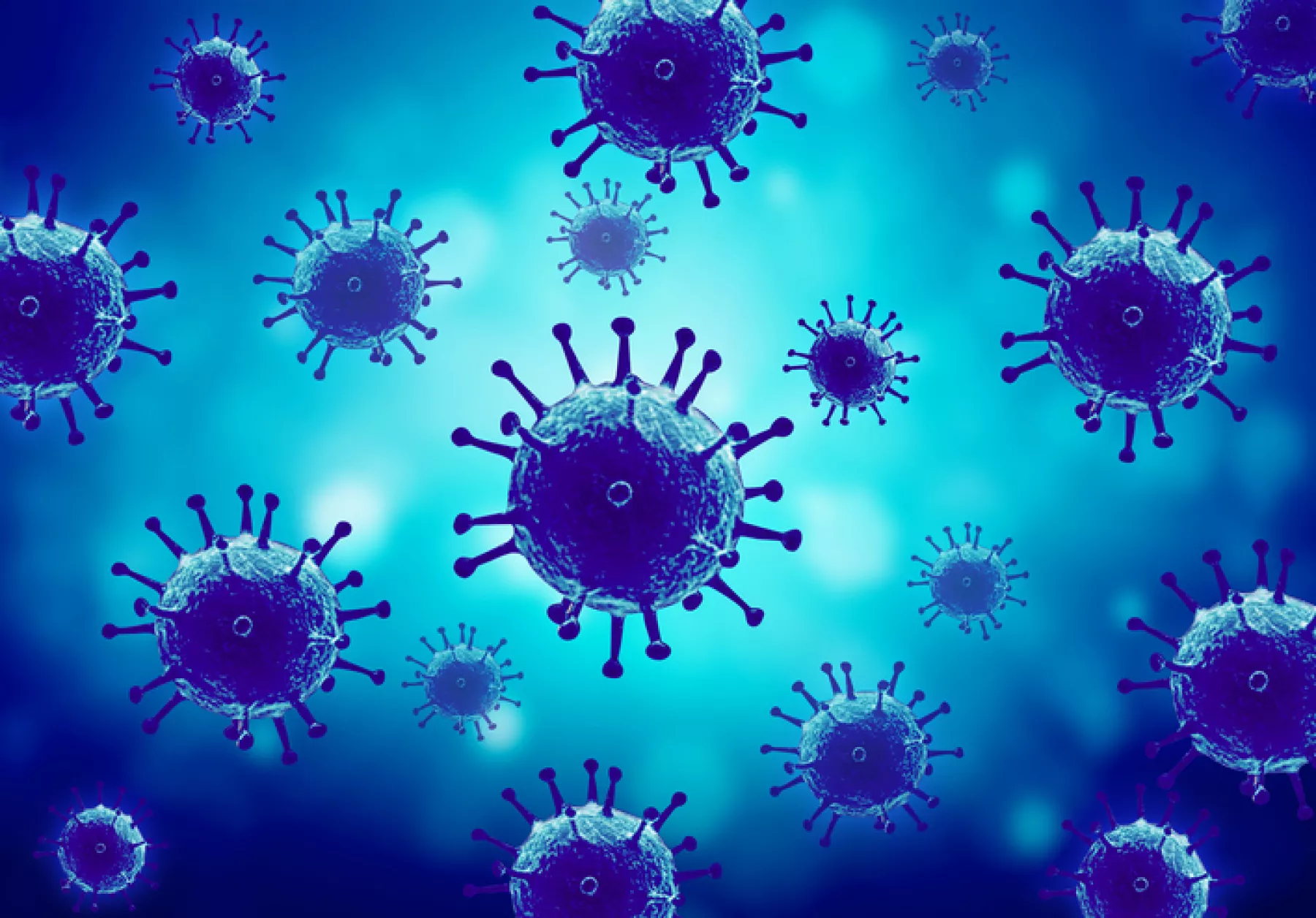Antimicrobial nanotechnology is a rapidly growing science that offers a strong defense against the growth of microbes and fungi. There is an ever-growing concern around the negative effects of nanotechnology and nanosilver on both humans and the environment, so at Microban®, we proactively choose not to utilize it within our antimicrobial additives.
Concern Around Antimicrobial Nanotechnology and Nanosilver
Silver has long been known for its ability to disrupt the growth of microbes and fungi. In the last decade alone, the use of silver as a germ killer expanded dramatically beyond medical to everyday products. We now live in an age where consumers are able to purchase everything from yoga mats to cutting boards that are protected with nanosilver antimicrobial nanotechnology.
However, this increase in exposure to nanosilver particles has scientists concerned, as the negative effects on both humans and the environment are still not determined. Scientists deem it necessary to learn more about the pros and cons of this technology to determine if it is safe. So far there have been very mixed results.
While nanosilver can effectively fight against microbial growth, studies do show that extremely large exposure to nanosilver can damage human cells.1 Its effects on animals are still unclear as only a handful of studies have been undertaken, and as of yet, it’s too soon to know how nanosilver might affect the health of animals big and small. Yet with nanosilver being utilized in everything from food packing to sunscreen, many believe that there should be stricter regulations and further studies in order to prove that it’s safe to use.
Friends of the Earth International, a global network representing more than two million activists in 73 different countries, produced a series of reports around nanotechnology which suggest that nanosilver has the potential to be seriously harmful to our health if used too commonly.2 Notably, they suggest that there has been a tenfold increase in unregulated, unlabeled “nanofood” on the American market since 2008, where ag-vet chemicals are disguising their use of nanoparticles by calling them something else.3
Aside from the concerns about human health, many are concerned about nanosilver exposure within the environment. According to Samuel Luoma, PhD at the John Muir Institute of the Environment at the University of California, nearly one-third of nanosilver products on the market in 2007 had the potential to disperse silver nanoparticles into the environment.4 Nearly ten years on, and nanosilver can still make its way into the environment as the particles move from one environmental compartment to another, i.e. from water to sediment, soil to groundwater, water to microorganisms, fish, insects or mammals.4 In short, it’s possible for nanoparticles to partake in environmental chemical and biological reactions, where the implications are still unclear.
Microban Antimicrobial Additives Differ From Nanotechnologies
Safety and regulation is of the utmost importance to Microban - so much so that we choose not to use antimicrobial nanotechnology or nanosilver. The silver used in Microban antimicrobial additives is registered for use with the Environmental Protection Agency for all of the applications in which it is used. Notably, all Microban antimicrobial additives are notified with the Biocidal Products Regulation with full submission of the dossiers that support safety aspects such as toxicological and eco-toxicological properties of the active additive.4 Importantly, Microban is a safe and effective antimicrobial additive technology.
One of the biggest concerns around nanosilver is that it can enter the environment via waste water. Microban antimicrobial additives are unable to enter the waste water as they are bound into the solid treated product during manufacture, therefore the potential for harmful leaching is negligible.
At Microban, our team of professional antimicrobial additive scientists and chemists use a wide variety of technologies to provide customized antimicrobial solutions for each partner. If through research and testing, we determine that silver is the best chemical element for you to equip your product with, we will undertake extensive, independent laboratory testing to determine its safety across a wide range of product types, as we do with all of our antimicrobial additives.
For more information about our antimicrobial additives, or if you have a question regarding our technologies, contact us today and a member of our team will be in touch.
Sources:


